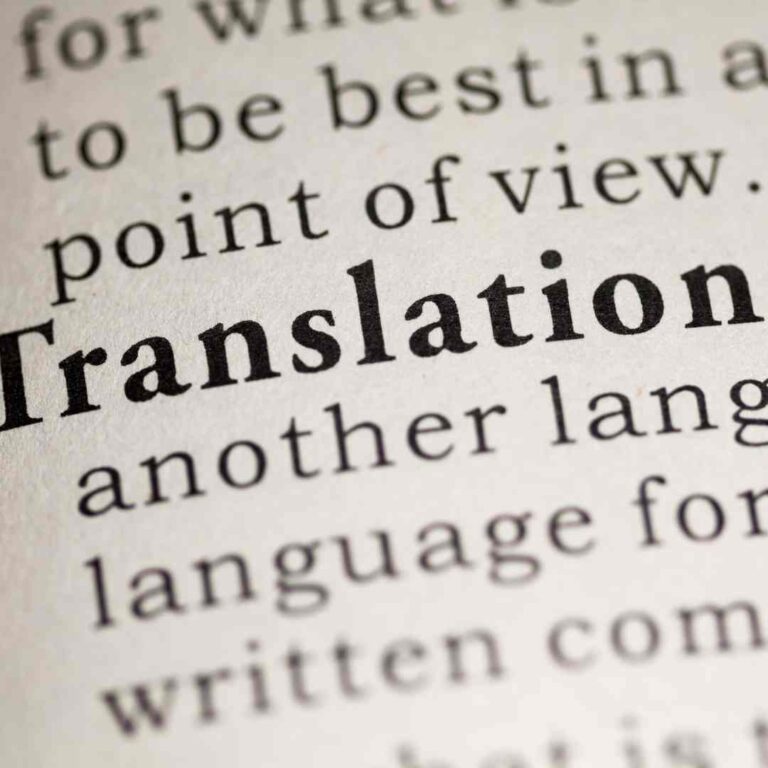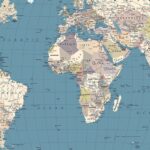
Panama is a lively crossroads of cultures and languages. Situated between the east of Costa Rica and the northwest of Colombia, and bordering. Both the Pacific and Caribbean Oceans. In this article, we will dig into the key question as we study the language of this Central American gem. What language is spoken in Panama?
Where Is Panama Located?
Panama is a beautiful country located in Central America. Surrounded by Costa Rica, Colombia, the Caribbean Sea, and the Pacific Ocean. It’s a popular tourist destination known especially for its stunning beaches, outdoor activities, and unique culture. Panama is a melting pot of ethnicities and backgrounds, with people from all over the world calling it home.
The country has a rich linguistic diversity. With Spanish as the official language. Along with indigenous dialects and some English spoken in certain areas. Experiencing Panama’s multilingual environment provides a deeper understanding of its history, people, and shared experiences.
Languages Spoken In Panama
Let’s explore the different languages spoken in this dynamic and vibrant Central American nation.
Spanish
Spanish serves as the official and predominant language of Panama. However, the Spanish spoken here is not a mirror image of the one found in Spain; rather, it is a unique dialect known as Panamanian Spanish or Castilian. This linguistic variant exhibits distinct pronunciation nuances and incorporates English words, earning it the colloquial label “Spanglish.”
Panamanian Spanish, spoken by about 90% of the population, reflects the diverse mix of cultural influences present in the region. The province of Chiriquí, for instance, boasts a significant population of Chinese expatriates, contributing to the linguistic tapestry of the area.
Indigenous Languages
Beyond Panamanian Spanish, Panama is home to a rich array of indigenous languages spoken by various ethnic groups. These languages are essential components of the cultural heritage of native communities. The Ngäbere language, native to the Ngäbe ethnicity, holds a significant place, particularly in the semi-autonomous native reservation known as the Comarca Ngäbe-Buglé. Other indigenous languages include Buglere, spoken by the Guaymi community, and Kuna, which thrives among the Kuna people in the San Blas Islands.
Note :Also note there are different types of translation for different countries such as NAATI translation and USCIS translation .
Immigrant Languages
Panama’s historical and geographical context has also led to the presence of immigrant languages. The Chinese workers who contributed to the construction of the Panama Canal introduced Hakka Chinese, which is still spoken by their descendants. Additionally, immigrants from the Middle East brought Arabic to the linguistic mosaic of Panama. Other immigrant languages include Korean, Japanese, Eastern Yiddish, and Hebrew.
English
English, while not the primary language, holds a notable presence in Panama. Approximately 14% of the population is fluent in English, using it in various domains such as education and business. The Caribbean coast of Panama, once inhabited by English-speaking communities from Barbados and Jamaica, has contributed to the bilingualism seen in some regions.
The Mestizo Influence
Mestizo, a community comprising both white and indigenous people, constitutes around 65% of Panama’s population. This demographic adds another layer of linguistic diversity, with individuals often being fluent in both Spanish and the languages of their indigenous heritage.
The Impact of Globalization
As Panama attracts expats from around the world, the linguistic landscape continues to evolve. Communities with diverse cultural and ethnic backgrounds, including Chinese, African, British, American, Russian, Irish, and French, converge on Spanish as their second language. This convergence further enriches the linguistic diversity and cultural vibrancy of the country.
Spanish Variations Across Regions
Interestingly, the Spanish language in Panama exhibits regional variations. The province of Chiriquí, known for its Chinese expat population, may feature linguistic influences specific to that community. Similarly, Panama City, the country’s commercial hub, experiences a linguistic interplay with English, especially in the corporate sector, leading to variations such as “Spanglish.”
Learning Spanish in Panama
With a basic understanding of Spanish, foreigners and travellers can get around Panama more easily. While English is taught in schools, the percentage of English speakers outside of Panama City remains very low. Learning a few key Spanish phrases, knowing local dialects, and adjusting to regional differences can greatly improve communication and cultural experience.
Preserving Indigenous Languages
As globalization impacts linguistic landscapes worldwide, efforts to preserve and revitalize indigenous languages in Panama are crucial. The richness of these languages contributes to the cultural identity of native communities and adds unique dimensions to Panama’s diverse heritage.
In Conclusion
In Panama, language serves as a colourful mosaic. Where Spanish takes centre stage while several other languages add to its depth. The unique linguistic landscape that represents Panama’s identity and its international ties is shaped by the indigenous languages, immigration influences, and regional nuances. Understanding the languages of Panama is a window into the essence of the country’s lively and diversified spirit, going beyond mere words.
We hope this article helps you understand more about the languages used and spoken in Panama.






